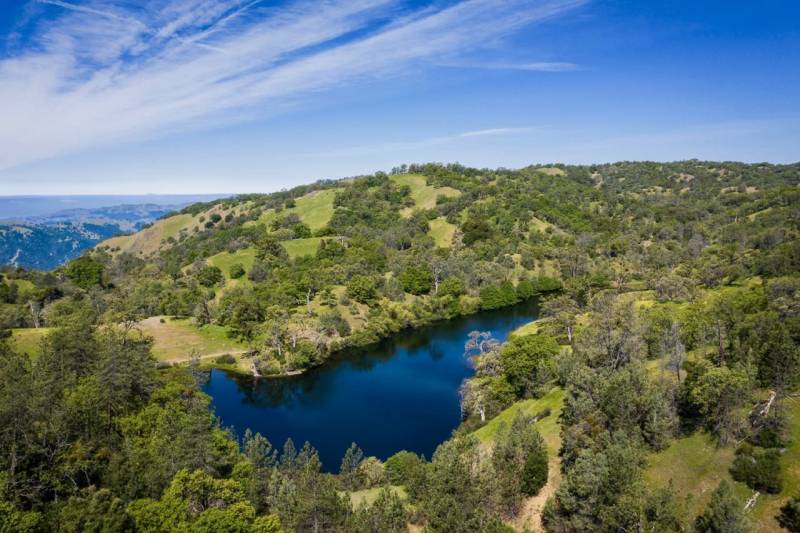The governor’s latest budget proposal scales that line item to just $5 million, a fraction of the ranch’s $68 million listing price.
But it’s enough money to signal that the state wanted to “keep that opportunity alive,” said Wade Crowfoot, state secretary for Natural Resources, in a phone call with reporters.
The Nature Conservancy and The Trust for Public Land have pledged a total of $30 million to acquire the ranch.
“We’re happy that state parks remain a priority for the governor in these challenging times and heartened to see the support the administration continues to give toward parks and nature,” said Jay Ziegler, director of external affairs and policy at The Nature Conservancy in California, in an email.
Guillermo Rodriguez, state director of The Trust for Public Land, thanked Newsom for “continued support for expanding state parks” in a similarly measured statement.
“We look forward to working with him and the Legislature to ensure more Californians have access to state parks and public lands,” he said.
Conservation Groups Will Likely Need to Raise More Money
If a deal is to be made, California and the conservation groups will need to drum up more money from foundations and private individuals, or negotiate with the seller.
The ranch has been owned by the Vickers and Naftzger families for nearly a century. Two surviving sisters put the property up for sale in July.
Land broker Todd Renfrew says a potential deal for a new state park is still very much alive, and the owners would prefer to see the land go to a conservation group.
“They’d like to see it preserved the way it is,” he said. “You know, it’s been in their family for 85 years and they’d like to see it protected and still have cows running on it, still have hunters hunting on it.”
But he acknowledged that the sprawling ranch could go to a private buyer.
“Whether the conservation groups get it or a private buyer gets it, someone is going to buy it,” he said. “There’s that much interest.”
The ranch is mostly undeveloped, but there are 200 miles of private roads that could be transformed into hiking and mountain biking trails, and 14 hunting camps with cabins that could be used as Yosemite-style backpacking huts.
Tule elk, deer, quail and other animals roam forests of evergreen and native oak trees, bay laurel, California buckeye, and gray and coulter pine, according to the listing.
Newsom’s budget proposal — and the state’s share of park money — must still be approved by lawmakers.
